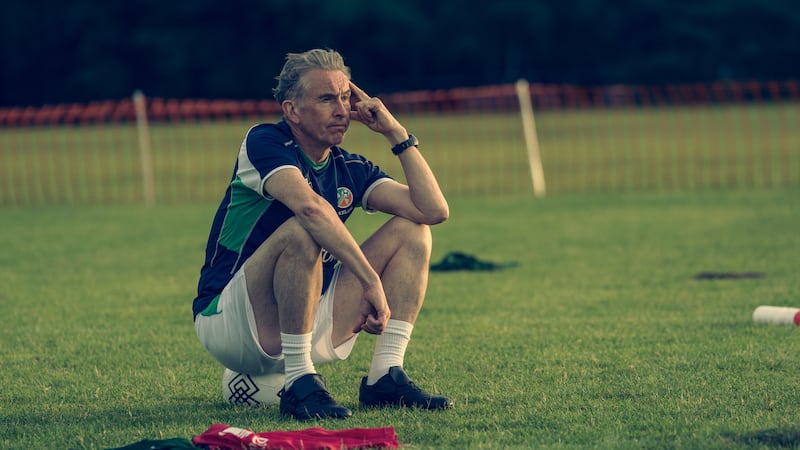Pat Collins's documentary oeuvre is frequently characterised as Slow Cinema. We're not so sure. True, his visual essays, though comparably contemplative and associational, could seldom be confused with the urgent, lens-based pamphlets of Adam Curtis.
To date, Collins's ruminations on The West (Connemara, Pilgrim), emigration (What We Leave in Our Wake) and assorted artists (John McGahern, Abbas Kiarostami, Gabriel Byrne) have maintained a graceful pace: all the better to scope out fascinating connections and provide pause for thought. But don't be fooled by the stately rhythms and the nostalgia-making archive footage of Living in a Coded Land.
At the baseline, the Drimoleague director's cinematic exploration of the Irish midlands works as a corrective to historical oversight, a pleasing detour through parts of the island not often represented on screen. Don't expect county colours; this isn't geography. It's psycho-geography, the same stomping ground of such notable artists as Patrick Keiller, Rachel Lichtenstein and Iain Sinclair.
Collins's work, and in particular this new film, is a work of flânerie, a space where archived footage featuring Conor Cruise O'Brien, Seamus Heaney, Patrick O'Connor, John B Keane and Sean O'Faoloin, rubs alongside musings on housing, emigration and the Battle of the Boyne.
That's not all. Living in a Coded Land is as much about the middle as it is about the Midlands. The middle as in the heartlands, namely Co Westmeath, and its shifting relationship with colonial and national powers. And the middle as in middlemen, who rose up under British rule as the cattle hands of the 1600s and who continue, spiritually speaking, to dominate the nation as bankers and middle management.
None of the film’s many contributors – academics, historians, cartographers – feel obliged to add that middlemen are usually only capable of middling outcomes.
Slow? Look closer.















